Buner District
Trend Analysis
Demographics | 1998 | 2017 |
Area SqKms | 1865 | 1865 |
Population | 506048 | 897319 |
Population Density / SqKm | 271.3 | 481.1 |
Rural Population | 506048 | 897319 |
Total Housing Units | 58539 | 149690 |
Housing Units having Electricity | 64368 | 94368 |
Housing Units Having Piped Water | 16192 | 26482 |
Housing Unit using Gas for cooking | 16391 | 21518 |
Source: Pakistan Bureau of Statistics
Outline
Buner has a total area of 1865 sq.km with a population of 897,319 which comprises of approximately 48% male and 52% female population. The area has seen a population growth of approximately 73% during last 17 years. The economy of picturesque, but sparsely developed, Buner district of KP relies on mining, agriculture and foreign remittances. For sustainable growth of this area, the focus should remain on boosting the effectiveness and efficiency of the above mentioned sectors. This could be achieved by creating a Special Economic Zone for mining and processing and by taping the carbon credit potential of area under forest. Furthermore, the scenic beauty of the district could also be put to best use by installing a well-rounded tourism and hospitality sector policy, which could invariably increase the fortunes of the entire region.
As per KPOGCL reports, they have identified hydrocarbon deposit in Nowshera block which consists of Mardan, Charsadda, Swabi and Buner districts presenting joint venture opportunity for national and international firms for exploration and production.
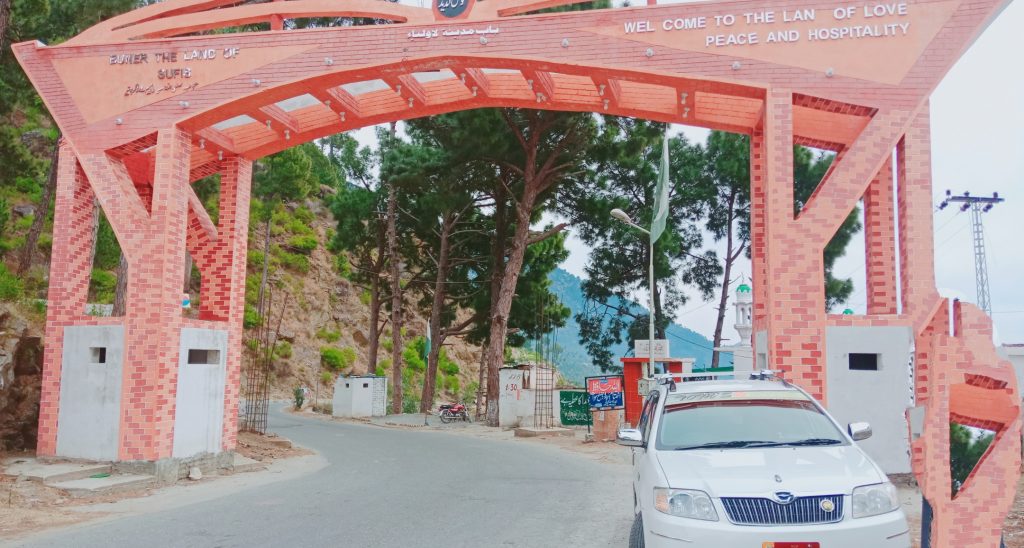
1. Mineral Sector
Snapshot
Buner district has a relatively competitive mining sector as compared to agriculture. The minerals being mined and processed at the moment include Bartyes, Dolomite, Marble, Granite and Quartz.
Marble extraction and processing, in particular, is the mainstay of the whole industry. As a matter of fact, out of 700 marble factories located in Malakand Division, an approximately 500 exist in Buner alone which account for approximately 51% of Pakistan’s Marble production.
As per data shared by Pakistan Stone Development Company (PASDEC) an estimated 9,000 Million tons of Granite and 5,850 Million tons of Marble reserves exists in Buner district.
However, as per the report of Directorate of Mines & Minerals 1,100 Million tons of Marble reservesexist in Buner, Swat, Chitral and Mardan districts. The exact estimates of Marble and Granite for the district needs proper estimation.
The table below explains the current mineral production from Buner district:
Table 1:
|
Minerals |
Production in tons (2014-15) |
|
Bartyes |
1,240 |
|
Dolomite |
9,076 |
|
Marble |
758,108 |
|
Granite |
580 |
Source: District wise mineral production in KP, Bureau of Statistics
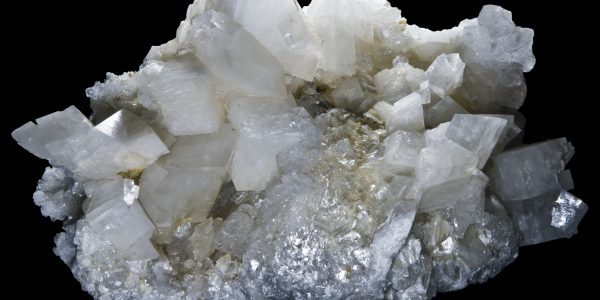
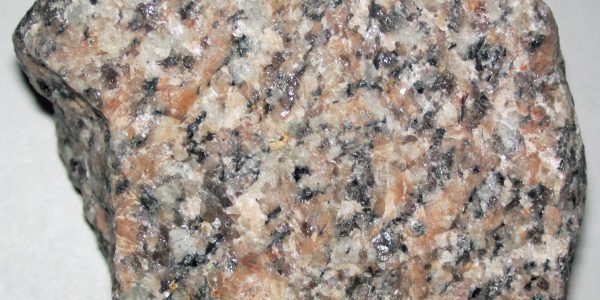

Strength
- Rich reservoirs of minerals and gemstones found in Buner.
- Majority of marble factories in Malakand division lies in Buner employing large number of locals.
Opportunities
As per the record of Directorate General of mines and minerals and PASDEC, Buner district holds a significant chunk of millions of tons of dimension stones (marble and granite). If given proper attention, the relatively well established mining and processing industry of Buner could become a potent force in the world market, and lead the entire region to the path of socio-economic development.
In order to overcome the above mentioned challenges faced by the industry, and make it more competitive for global market, following policy recommendations can be adopted:
- Establish a Special Economic Zone in the region, which shall include a modern Industrial and Business Park. This economic zone shall have:
- A small scale power generation unit, (solar based or diesel based), for supplying uninterrupted electricity to the industrial units.
- A research institute for mineral extraction and processing.
- Representative offices of Pakistan Gem & Jewellery Development Co (PGJDC), PASDEC and KP Mineral Development Department.
- Freight Handling & Customs Centre.
- For increasing the productivity of the labor force, there is a need of setting up at least one vocational institute in ever Sub-Division of Buner district. These training institutes could offer six months short training courses on mining and other technical subjects.
- The office of KP Mineral Development Department should offer regular assistance to industry in general on modern mining techniques, equipment handling and environmental safety.
- KP Mineral Development Department needs to prepare an Investor’s Brief that clearly quantify / identify the potential of mining minerals in the area, and state the current level of investigation for the total amount of minerals available.
- To increase accessibility of local mine and industry owners to finance, KP Government can use following options:
- Encourage all state owned and private banks to offer Islamic banking to the local owners.
- Offer incentives to the 22% of the local population living abroad to invest in the local industry.
- Expand cooperation with private firms from Italy, Switzerland, Germany etc., who harbor years of experience in mining marble, granite and quartz, for grooming the local mining and processing industry.
2. Agriculture and Forestry
Snapshot
Almost all agriculture in Buner is rain fed (Barani). Main crops of the area include Wheat and Maize. Rice is also cultivated in the riverine areas but the total output is quite low because of low water availability. Vegetable production is also low however potato, ladyfinger, pumpkins, beans, tomato are grown on small scale. A few types of fruits are also grown in the area such as apricot, wild persimmon, mulberry and apples. Tables below shall further elaborate the agricultural picture of the district (figures taken from KP Bureau of Statistics)
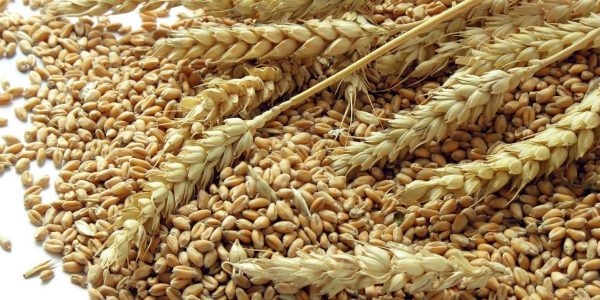
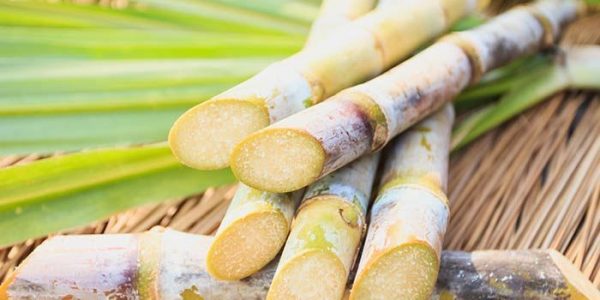
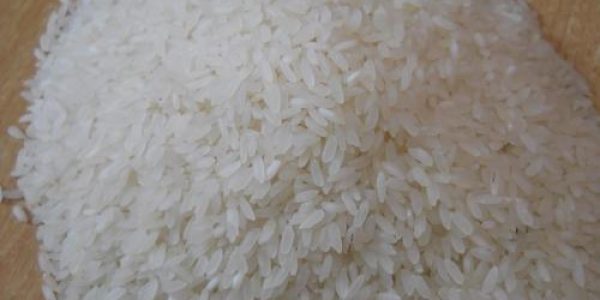
Table 2: Land Use Indicators of Buner District 2015-16
Reported Area (Hectares) | Cultivated Area (Hectares) | Cropped Area (Hectares) | Uncultivated Area (Hectares) | Forest Area (Hectares) | N.A. fo Cultivation (Hectares) |
172431 | 55970 | 99799 | 116461 | 41001 | 71073 |
Source: Agriculture Department KP Crop Statistics 2015-16
Table 3: Statistics of different Agricultural Products from Buner 2015-16
Products | Area (Hectares) | Production |
Wheat | 50548 | 72536 |
Maize | 47937 | 75510 |
Kharif Vegetables | 632 | 7038 |
Kharif Fruits | 619 | 6038 |
Kharif Fodder | 1066 | 19332 |
Sugarcane | 66 | 1770 |
Rabbi Vegetables | 426 | 7251 |
Rabbi Fruits | 110 | 775 |
Rabbi Fodder | 1000 | 11468 |
Source: Agriculture Department KP Crop Statistics 2015-16
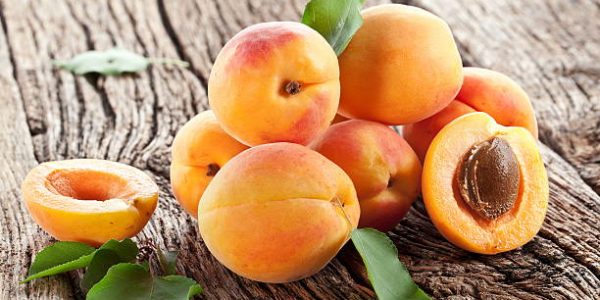
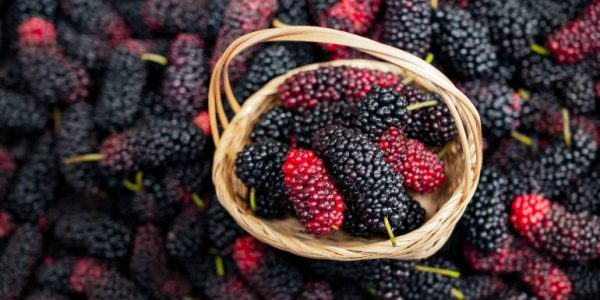
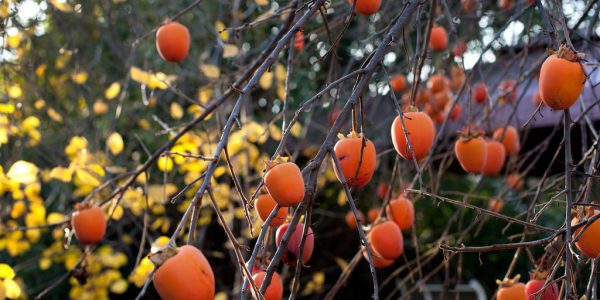
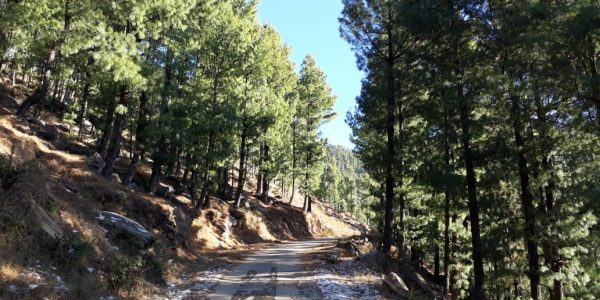
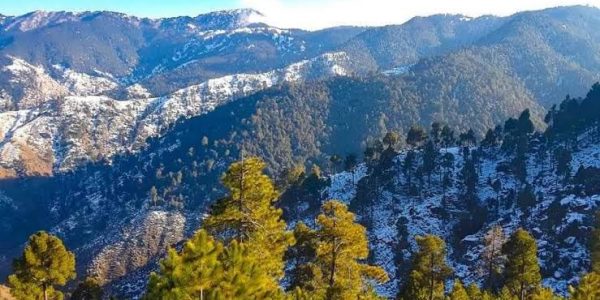
Strengths
- One of the highest annual producer of wheat and maize in KP.
- The area under forest should be offered to international companies for carbon trading, through competitive bidding process.
- For the preservation of current forest reserves in the area, the Government may also collaborate with REDD+ Project in Pakistan (Reducing Emission from Deforestation and Forest Degradation), an initiative International Centre for Integrated Mountain Development and WWF-Pakistan.
Opportunities
Majority of the labor force of Buner is employed, directly or indirectly, in this sector. Which means that durability and effectiveness of agriculture and forestry is as vital as mining sector for the economic health of Buner district. From the picture given above, following opportunities are identified:
- Availability of fallow land which could either be used for cultivation or for increasing forest cover.
- Crops which are least productive for the area can be replaced with more productive crops (comparative advantage).
- The forest trees can be used to earn carbon credits internationally, which would not only create income earning opportunity for locals but would also ensure forest cover remain intact and grow gradually.
3. Tourism and Hospitality Sector
Snapshot
In the Malakand Division, Buner district has the least developed tourism and hospitality sector, though it carries equal, if not more, potential in this sector like neighboring districts of Shangla and Swat. There are no developed resorts in the entire district and no premium quality hotels or guest houses for the visitors.
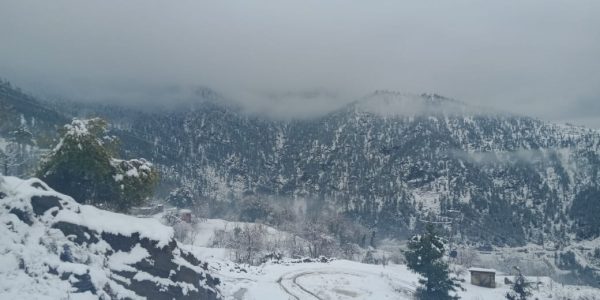
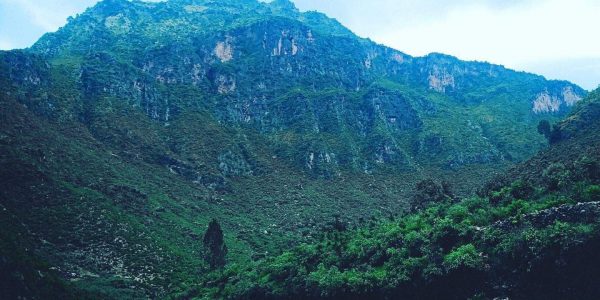
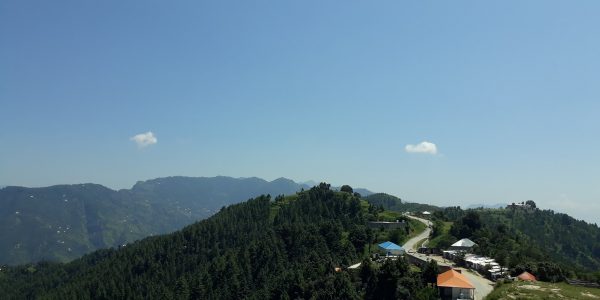
Strengths
- Enchanting scenery that captivates the tourists round the country.
- As KP is known as the land of hospitality, the people of Buner are hospitable.
Opportunities
The scenic Buner district provides splendid opportunities to both local economy and provincial government to earn substantial revenue from seemingly underused tourism potential of the area. Following points are of great importance here:
- Region is blessed with an exotic combo of scenic valleys, snow-covered hills, dense forests, cool springs and soft streams it possess. In addition, there are natural spots for tracking and rock climbing.
- The climate of the area is not of extreme nature i.e. moderate temperate in summers and not so cold in winter. Such conditions make Buner an ideal spot for tourism all year round.
- In particular, villages of Charkot, Dargali, Mangal and Pir Baba are ripe for development of tourist resorts.
4. Conclusion
Buner district is full of opportunities for the investors but if these opportunities are availed properly while addressing the above mentioned threats, the district economy can grow excessively.
